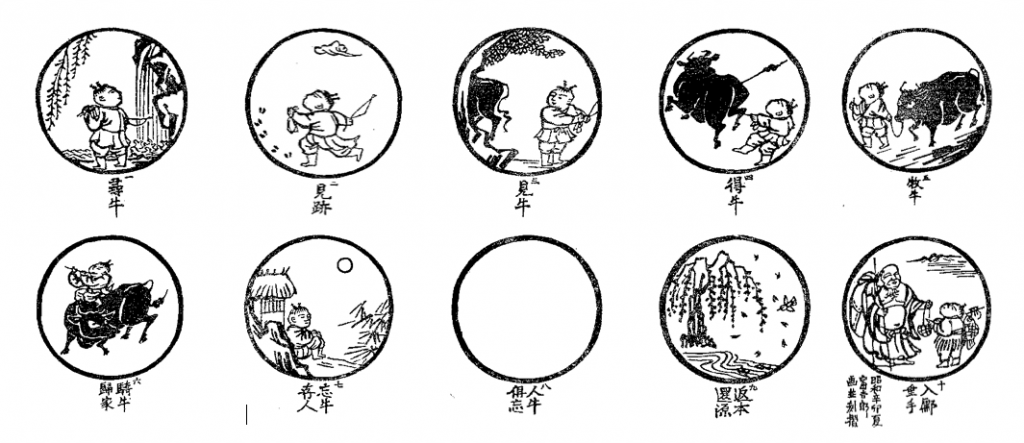Many people carry around a preconceived notion of what is appropriately generous, in terms of time, emotional support, money, etc. We have expectations of ourselves and others that are based on our cultural and familial conditioning. These expectations can be useful, in that they provide us with some standard of social behavior around generosity. The problems start when a person gives what they believe they “should” give, even when those resources (emotional, physical, financial) are not available.
It’s simple to see in the case of money. If you were planning to donate to a charity, you’d likely calculate a reasonable amount to give so that you would still have the financial resources to cover your expenses.
In the relational world, the picture can be a bit more subtle. That small, quiet urge that says “don’t go out tonight,” even though your friends would love to see you, is an easy thing to ignore. You might want to make your friends happy. You might not want to feel the discomfort of their disappointment.
Perhaps, while listening to a companion sharing some grief, you notice a subtle accumulation of irritation. In an effort to support this person, a part of you is beginning to feel overwhelmed, neglected or maxed out.
The same sort of scenario can play out at work: it’s 5pm, you have a dinner planned, and a last-minute assignment falls on your desk leaving you feeling guilty and conflicted. You decide to stay and work late. How much of your guilt is beneficial, in the sense that it has supported you in completing a task which is genuinely your duty? How much of your guilt is afflictive, in the sense that it is built on an overblown sense of responsibility or driven by a misplaced fear of abandonment? Do you walk away from the evening resentful or burnt out? If, in an ongoing way, you can’t maintain a sustainable workload, is that a result of the objective circumstances of your work, or the the way you are holding it?
Everyone has limits. Burnout, stress and resentment are reflections of emotional tolerances that were firmed up long ago. They are partially a product of our genetic disposition, but largely a result of early-childhood conditioning. The limbic brain, the seat of emotion, doesn’t change much after age 3, so although the adult in us may feel we owe it to our friends to make an appearance or to our work to stay late, we are carrying a child with an additional, potent agenda.
Since we are adults, and social creatures, we need to find skillful ways to balance our internal needs with the needs of others. In truth, the two are not mutually exclusive. With practice, we can move away from seeing care-taking and reliability as a zero-sum game (i.e. either me or them) and toward caring for ourselves in ways that care for others.
OK, so where do we start? By trusting the body. Cultivating awareness of the emotional body makes these cues easier to detect, and easier to tend to. Through body-based emotional awareness practices like Noting Feeling States, we can clearly gather and interpret the valuable information that emotion provides, without being distorted and compelled by it.
Not only do we become more keenly aware of when we are “giving more than we have,” we also have more and more to give. With practice, we gradually raise those long-ago established emotional tolerances, deepening our ability to be in the moment, and to be with others, both in joy and in pain.
But all along, in any given moment, we can only give what we have. So the next time the notion arises that you really “should” be there for so-and-so in such-and-such a way, pay attention to how it goes. What is your body trying to tell you? Do you build up resentment? Do you feel maxed out? Or do you feel calm, steady and connected? Is it really “giving” if part of you is abandoned in the process? What might it feel like to tend to the parts of you that need attention even while giving part of your attention to another?



